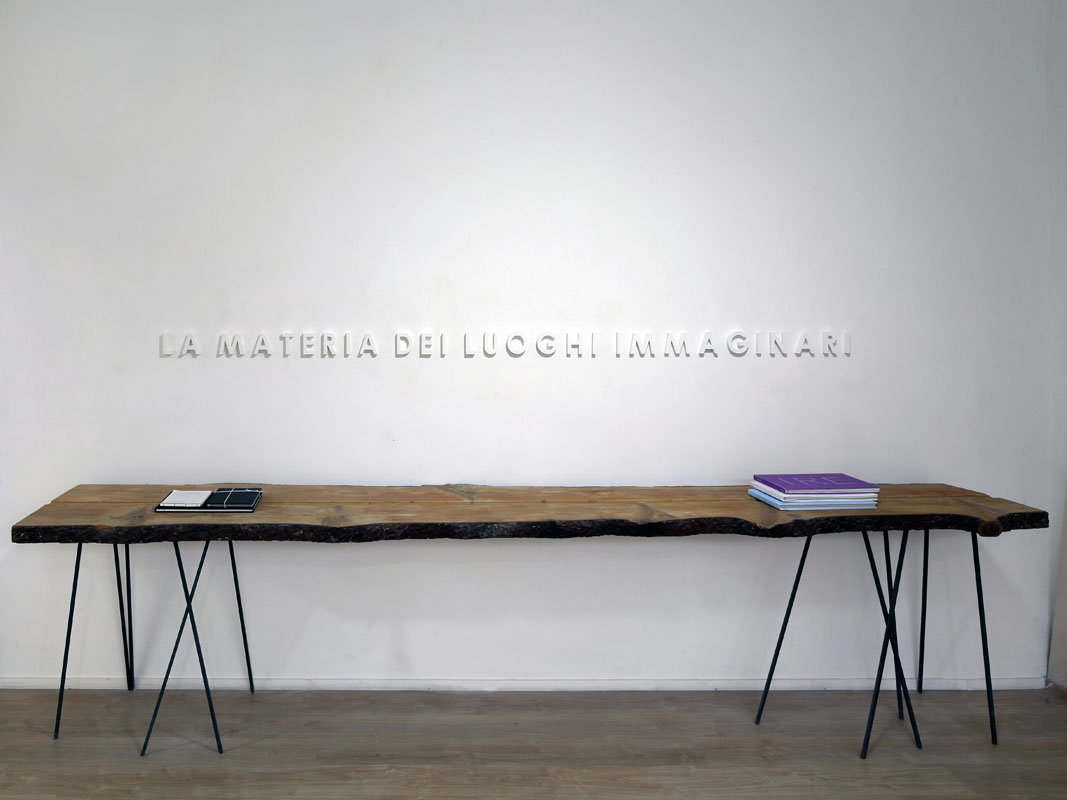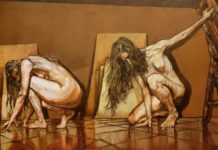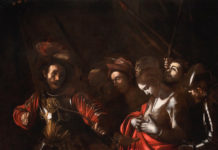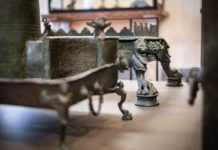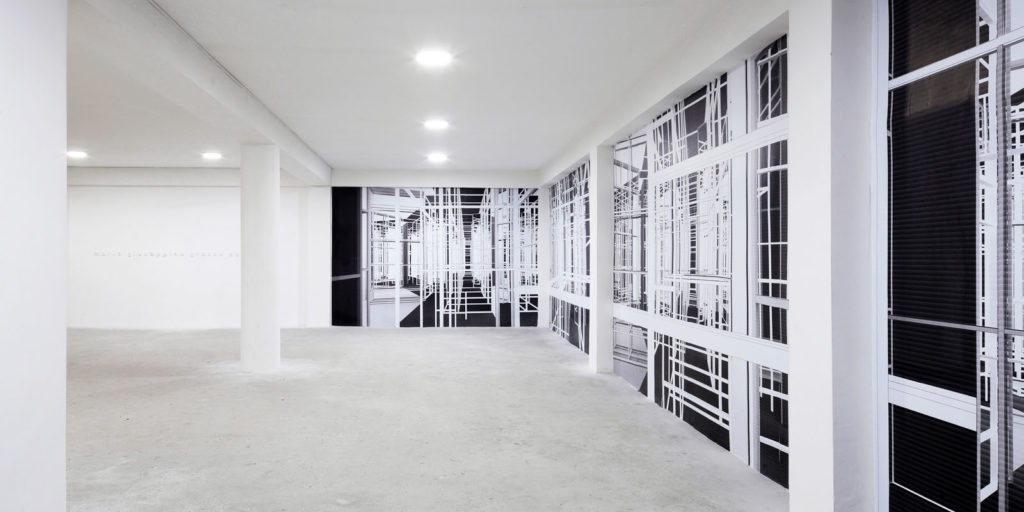
La materia dei luoghi immaginari. È il progetto espositivo proposto da Sabato Angiero Arte di Saviano (della città metropolitana di Napoli). Un’iniziativa che punta a esplorare le interconnessioni tra architettura e immaginazione, dando vita a spazi oscillanti tra il fantastico e il tangibile.
La prima mostra Rifrazioni: mondi interiori e altre dimensioni (fino al 9 novembre) presenta i lavori degli architetti Maria Giuseppina Grasso Cannizzo, Claudio Catalano, Klaus Schuwerk e avvia una serie di itinerari dedicati alla reinterpretazione dei luoghi attraverso il prisma della creatività, riunendo tre architetti di fama che sfidano le convenzioni architettoniche.
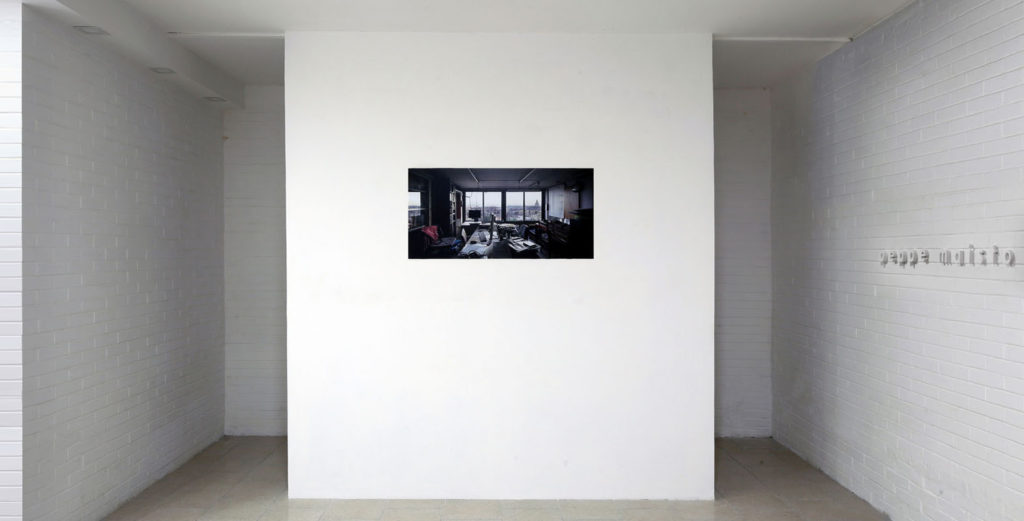
A introdurla è un approfondito testo di Claudio Bozzaotra che spiega come «oggi l’estetica abbia rinunciato a pensarsi come scienza che trae la propria validità dall’esattezza del metodo di indagine. Accanto al declino dello strutturalismo e della semiotica si è registrata una crisi della filosofia analitica facendo sì che la filosofia si riconoscesse ora molto meno sotto il modello scientifico, e sempre più sotto quello dell’arte, lasciando spazio all’immaginazione… L’arte è un corpo ambiguo, che custodisce in sé la natura dell’infinito, ma anche i vapori secchi del tempo e la ricerca di senso è, infine, ricerca dell’archetipo, entro cui si assorbono soggetto e oggetto…».
L’esposizione mira a indagare la relazione tra spazio, percezione e psiche. Qui, l’idea di rifrazione diventa simbolo di come i nostri mondi interiori possano piegare e trasformare la realtà circostante. Attraverso la progettazione di spazi che giocano con la luce, i colori e le forme, l’esposizione invita a una nuova interpretazione dell’ambiente, creando dimensioni che riflettono la complessità delle esperienze umane.
Emerge la volontà di esplorare spazi che non sono solo fisici, ma anche mentali e simbolici. L’iniziativa si colloca perfettamente all’interno di un contesto in cui l’estetica rinuncia a una rigidità scientifica, abbracciando invece la fluidità dell’immaginazione.
La ricerca di Klaus Schuwerk, Maria Giuseppina Grasso Cannizzo e Claudio Catalano interpreta l’architettura come linguaggio che comunica emozioni e storie, diventando veicolo per esprimere una memoria culturale e una ricerca di senso, creando spazi che, pur ancorati alla realtà, si proiettano verso l’immaginario.
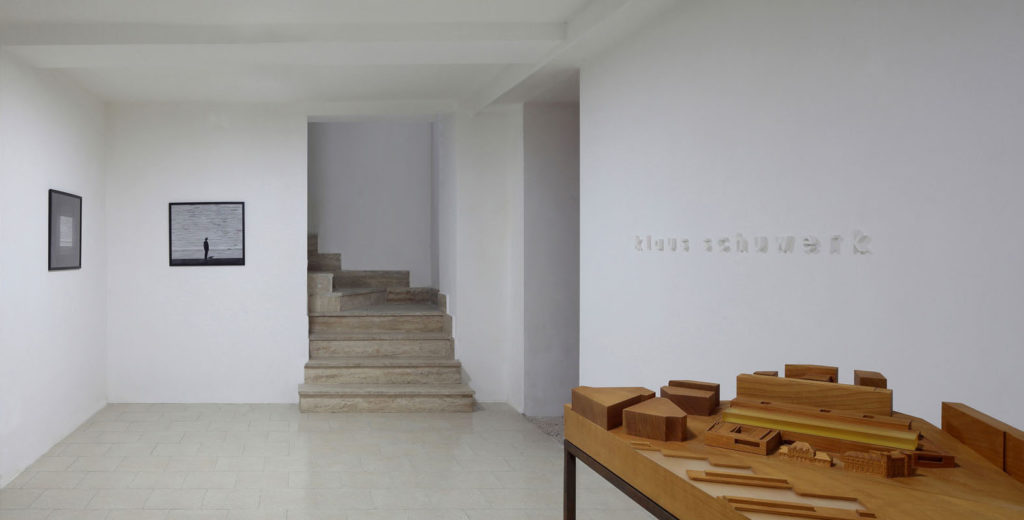
Questi luoghi si trasformano, così, in un palinsesto di segni e gesti che rimandano a un “inizio” mitico, un’idea di radici da cui attingere per costruire il futuro. In questo contesto, i luoghi immaginari non sono semplicemente sfondi, ma attivatori di esperienze sensoriali e riflessive.
Al termine delle mostre, verrà pubblicato un libro che rappresenta un ulteriore spazio da vivere. E conterrà tutti gli interventi realizzati durante questo periodo di ricerca, includendo contributi originali degli artisti coinvolti.
Sarà un’opera che riflette la profondità e la diversità delle esplorazioni artistiche e intellettuali svolte, offrendo ai lettori l’opportunità unica di immergersi nei luoghi immaginari creati e interpretati dagli artisti. Una sollecitazione a scoprire nuove prospettive e a lasciarsi trasportare dalle infinite possibilità che l’arte può offrire.
Le foto sono di Peppe Maisto
Per saperne di più
https://www.sabatoangieroarte.com/
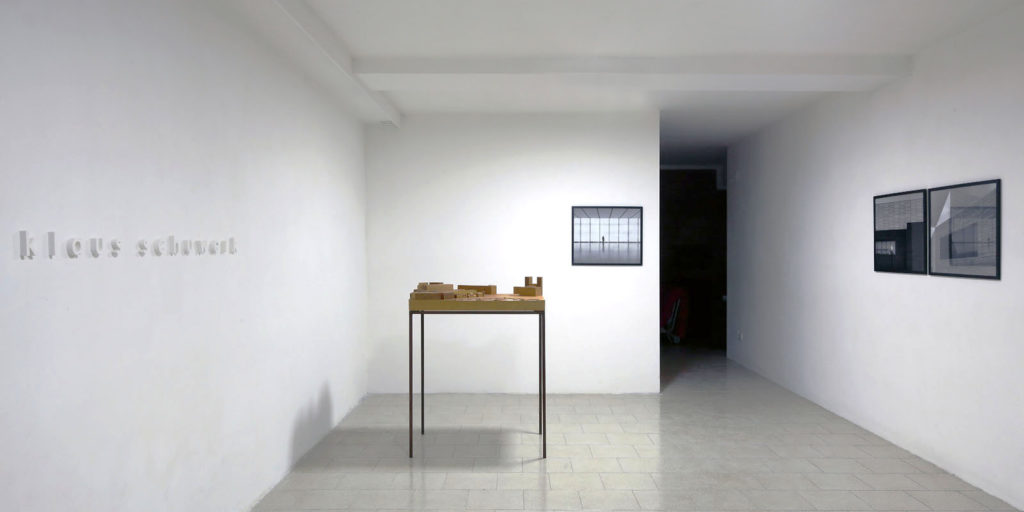
Sabato Angiero Arte presents the matter of imaginary places. Maria Giuseppina Grasso Cannizzo, Claudio Catalano and Klaus Schuwerk: how architecture communicates emotions
The matter of imaginary places. This is the exhibition project proposed by Sabato Angiero Arte from Saviano (Naples). An initiative that aims to explore the links between architecture and imagination, giving life to spaces that oscillate between the fantastic and the tangible.
The first exhibition, Refractions: inner worlds and other dimensions (until November 9th), presents the work of architects Maria Giuseppina Grasso Cannizzo, Claudio Catalano and Klaus Schuwerk, and launches a series of itineraries dedicated to the reinterpretation of places through the prism of creativity, bringing together three renowned architects who challenge architectural conventions.
It is introduced by a thorough text by Claudio Bozzaotra, who explains how “aesthetics today has given up thinking of itself as a science that derives its validity from the exactness of the method of inquiry. Along with the decline of structuralism and semiotics, there has been a crisis in analytic philosophy, which has led it to recognize itself less and less under the scientific model and more and more under that of art, leaving room for the imagination. …. Art is an ambiguous body that contains the nature of infinity, but also the dry vapors of time, and the search for meaning is ultimately a search for the archetype in which subject and object are absorbed….”.
The exhibition aims to explore the relationship between space, perception and the psyche. Here, the idea of refraction becomes symbolic of how our inner worlds can bend and transform the surrounding reality. By designing spaces that play with light, color and form, the exhibition proposes a new interpretation of the environment, creating dimensions that reflect the complexity of human experience.
What emerges is a desire to explore spaces that are not only physical, but also mental and symbolic. The initiative fits perfectly into a context in which aesthetics renounces scientific rigidity and instead embraces the fluidity of the imagination.
The research of Klaus Schuwerk, Maria Giuseppina Grasso Cannizzo and Claudio Catalano interprets architecture as a language that communicates emotions and stories, becoming a vehicle for the expression of cultural memory and the search for meaning, creating spaces that, while anchored in reality, project into the imaginary.
These places are so converted into a palimpsest of signs and gestures that refer to a mythical “beginning,” an idea of roots from which to draw in order to build the future. In this context, imaginary places are not simply backgrounds, but activators of sensory and reflective experiences.
At the end of the exhibitions, a book will be published, which will be an additional space to be experienced. It will contain all the interventions made during this period of research, including original contributions from the artists involved.
It will be a work that reflects the depth and variety of the artistic and intellectual explorations that have been made, and will offer the reader the unique opportunity to immerse themselves into the imaginary places created and interpreted by the artists. An invitation to discover new perspectives and to be carried away by the infinite possibilities that art can offer.
Read more at
https://www.sabatoangieroarte.com/


